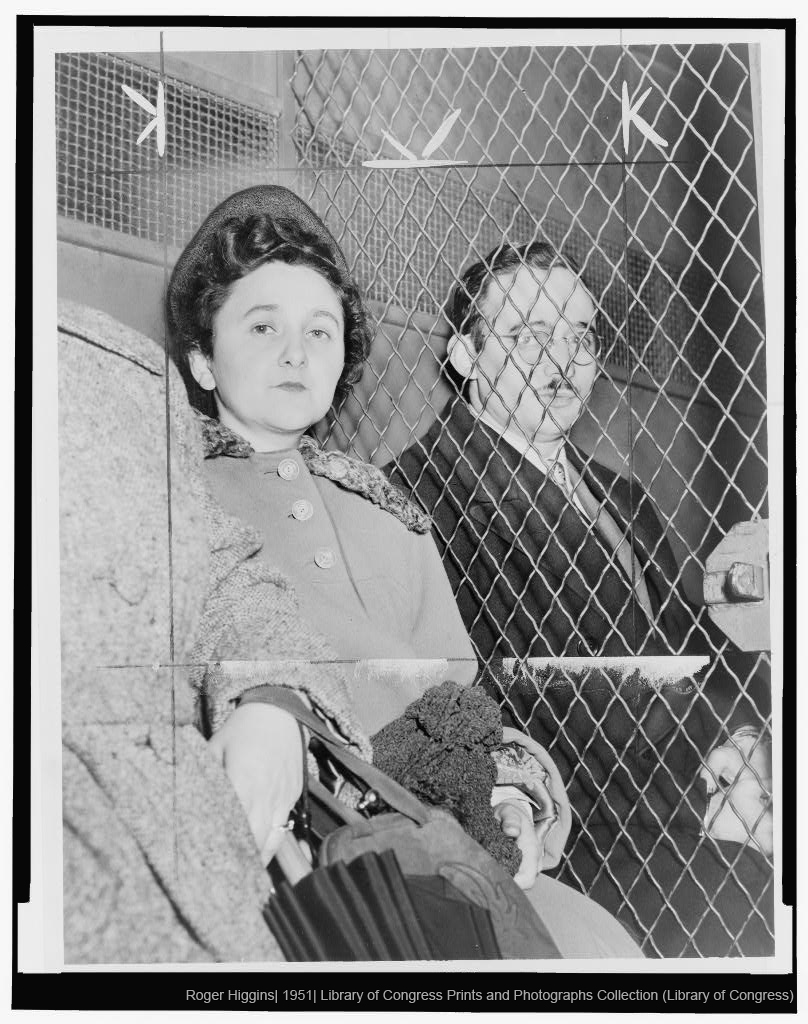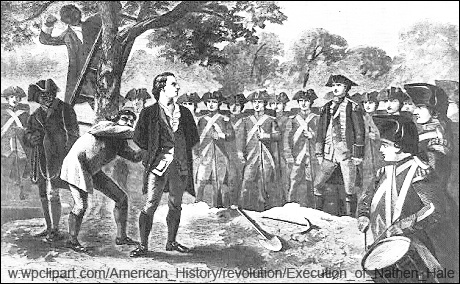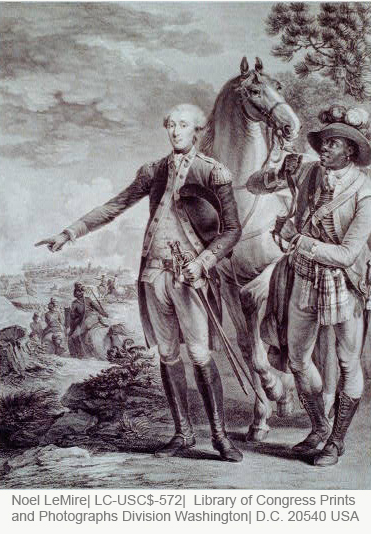I Spy: The Nuts, Bolts, and Ethics of Espionage
by Lisa Chang
1 “Shhh. There could be a spy in our midst.” How many times have you heard that in a television show or movie? Spies, however, aren't just in make-believe; every day in the real world, spies are watching, listening, taking pictures, and reporting their findings.

Modern spies usually make use of sophisticated equipment.
2 Leaders of the world's governments have to make life-and-death decisions on a daily basis. The more information those leaders have the better chance they have of making the right choices. Leaders need to know, for example, what weapons the enemy possesses. They need information about troops and their movements. They want to know how much money the enemy invests in oil or atomic energy.
3 While some of this information, known as intelligence, might be available through the media or through open communication, countries try to keep a lot of information secret, especially information that might be used against them. To gain access to this secret information, governments use espionage, which today is a blend of deception, trespassing, theft, coercion, manipulation, technology, and data analysis.
4 International espionage—or spying—is a messy and complex business that has been around for as long as there have been governments (about five thousand years). In the early twentieth century, spies began to appear in novels and other stories; they are the heroes of some of the earliest movies. Spy stories, both in print and on film, continue to be popular. Historic spies, such as Sidney Reilly, Nathan Hale, and James Armistead Lafayette, are considered heroes by many, but are they really heroes—and is spying OK?
Who Are These Spies?
5 In How Spies Work, freelance writer Ed Grabionowski (2007) offers a run-down of the spy business. Generally, there are three kinds of spies. Most spies are of the first type: men and women who are recruited by the intelligence agencies of their home countries, then trained and assigned to positions at home or abroad. For example, in the United States, these spies work for the Central Intelligence Agency (CIA) and, in the former Soviet Union, spies worked for an agency called the KGB. The second kind of spy is a defector. Defectors were spies in their own country, but they have abandoned their homeland to become agents for a foreign government. The last variety of spy is someone who simply walks in and provides information to that government . . . for money, revenge, adventure, power, or perhaps even principles.
6 A spy usually works through a person called a controller, who may offer training, provide assignments, and serve as the conduit for information. Usually, spies have contact with their controller and no one else. Spies often communicate with their controllers using secret codes (Grabionowski, 2007).
7 According to Grabionowski (2007), spies often have covers, which means that they have new, false identities to cover up their real identities. They also have legends, background stories and documents that support their cover. Once a spy has a cover, he or she might spend years simply working at a regular (non-spy) job, establishing trust, and waiting to spring into action.
8 In modern times, spies are often machines (Grabionowski, 2007). While spy planes can fly over enemy territory with cameras, they are at risk of being shot down. Safer are spy satellites equipped with cameras that can take photographs of earth that are clear enough to read the title of a book in a person's hands. Other spying technologies include microphones, wiretaps, and even seismic equipment. These technologies enable spy agencies to scan, record, and analyze radio and cell phone transmissions.
Spreading False Information
9 Espionage can also be used to spread false information in order to lead governments to draw the wrong conclusions, throw them off course, or simply keep them guessing. One of the most famous examples of misinformation is World War II's Operation Fortitude (Grabionowski, 2007).
10 As detailed in How Spies Work (Grabionowski, 2007), the goal of Operation Fortitude was to fool the Germans into thinking that the Allies were going to attack from southern England. The Allies gathered wooden and cardboard airplanes, fake fuel stations, and even fake troops. False radio traffic reinforced the trick. Information supplied by a double agent (a spy who pretends to work for one country but is really an agent of their enemy) code-named Garbo informed Hitler that the attack would come from the south. To bolster this “misinformation,” the Allies sent fake sounds of a giant fleet moving across the English Channel over loudspeakers. They dropped metal strips that tricked German radar into thinking that bombs were dropping. While this deception was happening, Allied troops invaded from the north. History now tells us that because the Germans were deceived, the northern invasion was successful, the tide of the war turned, and Hitler was eventually defeated. The espionage worked.
Ten Famous Spies in History
Mata Hari: an exotic dancer in Paris who became a German spy during World War I (Frater, 2007)
Julius and Ethel Rosenberg: an American couple who were accused of passing secrets to the Soviet Union during the 1950s and found guilty in a controversial trial (Frater, 2007)

Julius and Ethel Rosenberg.
Aldrich Ames: a former CIA officer convicted of spying for the Soviet Union in 1994 (Frater, 2007)
Klaus Fuchs: a German physicist who worked on the atom bomb for the United States and gave information to the Soviet Union (Frater, 2007)
Major John Andre: a British officer hanged as a spy during the Revolutionary War (Frater, 2007)
Nathan Hale: Considered America's first spy, he was caught by the British and hanged. (Frater, 2007)

Nathan Hale was hanged for spying on British troops during the Revolutionary War.
Belle Boyd: spied for the Confederate Army during the American Civil War (Frater, 2007)
Emeline Pigott: A spy for the Confederate Army in North Carolina, she hid secret messages in her skirt. (List 25, 2014)
Sidney Reilly: a Russian-born secret agent who worked for England during the 1920s, the model for James Bond (List 25, 2014)
James Armistead Lafayette: a Virginia slave who became the first African-American double agent during the American Revolution (List 25, 2014)

James Armistead Lafayette with the Marquis de Lafayette.
But Is It Right?
11 The answer to whether or not spying is ethical has had one simple answer over espionage's long history: everyone does it. European countries spy on the United States; the United States spies on the Russians; the Russians spy on the Brazilians; and the Brazilians spy on the Europeans.
12 It may seem reasonable that nations spy on their allies less than on their enemies. For example:
The United States and its coalition "Five Eye" partners enjoy a close intelligence partnership and do not spy each on each other," writes former CIA officer Mark Lowenthal in his book "Intelligence: From Secrets to Policy." The group includes the U.S., Britain, Australia, Canada and New Zealand. "Beyond that, all bets are off," he writes. (Dozier, 2013)
13 However, recently, President Obama openly admitted that friendly nations do spy on each other, saying “I guarantee you that in European capitals, there are people who are interested in, if not what I had for breakfast, at least what my talking points might be if I end up meeting with their leaders" (Trowbridge, 2013).
14 There are two ways of looking at spying. One way is from a moral or ethical perspective. Lying, stealing, deceiving, and trespassing are considered unethical, if not criminal, activities by most people. Applied to spying, however, this perspective would prohibit many of the intelligence community's essential activities. The other perspective is that of a realist. Realists claim that governments are entitled to do anything to protect their citizens, and that nothing is off limits. This perspective has been prevalent in the post-September 11 security debate in the United States.
Where Can I Learn More?
15 Believe it or not, there is a museum dedicated exclusively to spying. Located in Washington, D.C., the International Spy Museum is devoted to educating the public about the craft, practice, history, and role of espionage. This private and independent museum is the only one in the world to provide a global perspective on this almost-invisible profession. Its Board of Directors includes many former leaders of the international intelligence community, which shows that the museum wants to be as unbiased and authentic as possible. The museum even runs a summer camp for children! Check out their website (https://www.spymuseum.org/). You may be inspired to write a novel, a comic book, or watch some old movies about spies.
References:
Dozier, Kimberley. (2013, July 2). Obama defends US spying on Europe, others as normal for all nations; Europeans not amused. StarTribune. https://www.startribune.com/what-s-a-little-spying-among-friends/213945221/
Frater, Jamie. (2007, August 24). Top 10 famous spies. Listverse. https://listverse.com/2007/08/24/top-10-famous-spies/
Grabianowski, E. (2007, March 15). How Spies Work. 15 March 2007. How Stuff Works. https://people.howstuffworks.com/spy.htm.
List 25. (2014, August 11). Twenty-five most prolific spies and their top secret missions. https://list25.com/25-prolific-spies-top-secret-missions/
Trowbridge, A. (2013, July 3) NSA spying: Ally anger justified? CBS News. https://www.cbsnews.com/news/nsa-spying-ally-anger-justified/